Step into the world of interior design in 2025, and you’ll quickly notice that the old rules no longer apply. Gone are the days of single-finish surfaces and monotonous tile applications. Today’s most captivating spaces are born from a thoughtful interplay of textures and sheens. The art of mixing glossy, matte, and textured tiles has moved from a niche design secret to a mainstream trend, empowering homeowners and designers to create spaces that are not just visually stunning but also rich in tactile experience.
But where do you start? How do you combine a high-gloss subway tile with a rustic, stone-effect floor without creating a jarring visual clash? What’s the secret to layering different finishes to add depth and personality to a room? This guide is your comprehensive resource for mastering the art of tile surface combination in 2025. We’ll delve into the latest trends, explore the unique properties of different finishes, and provide you with practical, actionable advice to confidently mix and match tiles in your kitchen, bathroom, and beyond. Whether you’re planning a full-scale renovation or a simple refresh, get ready to unlock the transformative power of texture and sheen.
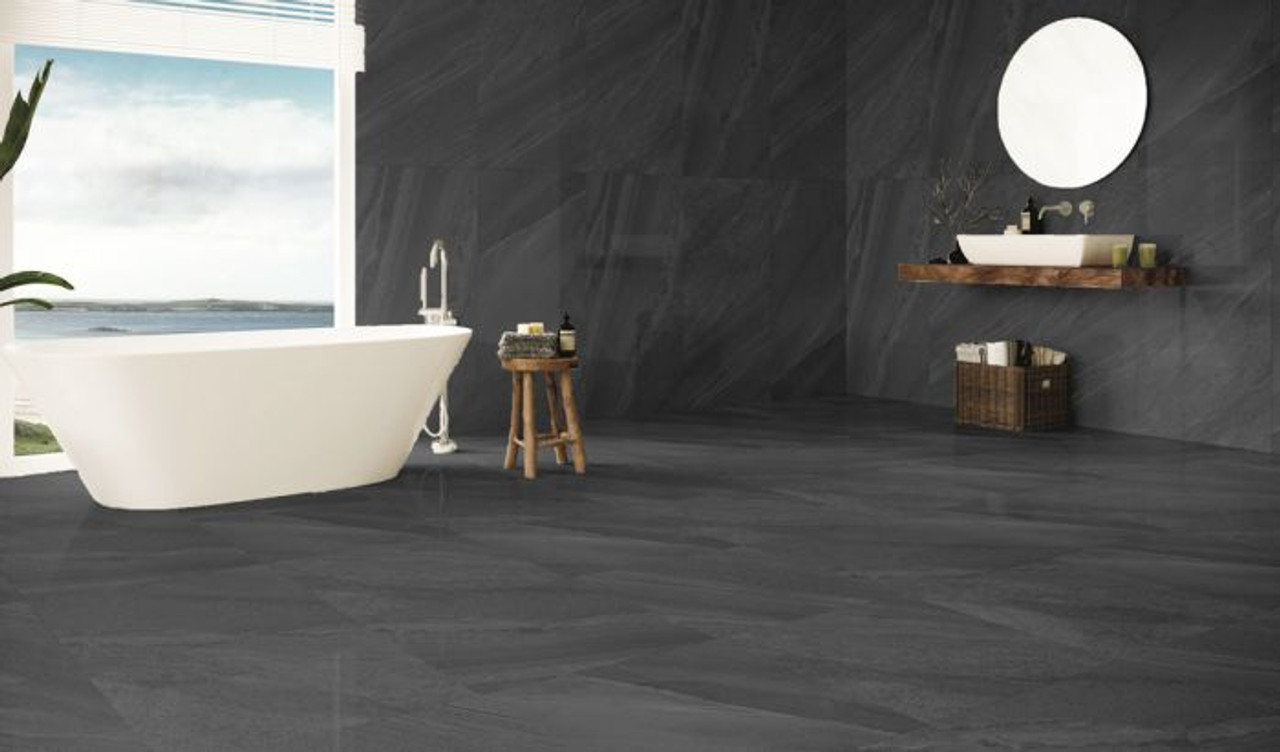
Why Mixing Tile Finishes is the Hottest Trend of 2025
The movement towards mixing tile finishes is more than just a fleeting trend; it’s a reflection of a broader shift in our design sensibilities. We’re craving spaces that are more personal, more dynamic, and more connected to the natural world. Here’s why this trend has taken hold and why it’s here to stay:
- A Feast for the Senses: In a world dominated by screens, we’re increasingly seeking out tactile experiences in our homes. The interplay of a smooth, glossy tile with a rough, textured one creates a sensory journey that engages more than just our eyes. It invites touch, adding a layer of depth and interest that a single-finish design simply can’t replicate.
- The Power of Personalization: Your home is a reflection of your personality, and mixing tile finishes offers a powerful tool for self-expression. It allows you to move beyond pre-packaged design solutions and create a space that is truly your own. From subtle pairings of matte and satin finishes to bold contrasts of high-gloss and 3D tiles, the possibilities are endless.
- A Nod to Nature: As our lives become more urbanized, we’re finding new ways to bring the outdoors in. The 2025 tile trends are heavily influenced by natural materials and organic textures. Think wood-look planks with a subtle grain, stone-effect tiles with a rugged surface, and earthy terracotta with a warm, matte finish. Mixing these with smoother, more polished finishes creates a beautiful balance between the raw and the refined.
- Practicality Meets Aesthetics: Mixing tile finishes isn’t just about looks; it’s also about smart, functional design. In a bathroom, for example, you can use glossy tiles on the walls to reflect light and make the space feel larger, while opting for a matte or textured finish on the floor for better slip resistance. This combination of beauty and practicality is a hallmark of good design.
Understanding the Language of Tile Finishes
Before you can start mixing and matching, it’s essential to understand the unique characteristics of each tile finish. Here’s a breakdown of the most common options you’ll encounter:
- Glossy: The most reflective of all finishes, glossy tiles have a mirror-like surface that bounces light around a room. This makes them an excellent choice for small spaces or rooms with limited natural light. They are also incredibly easy to clean, making them a popular option for kitchen backsplashes and shower walls. However, they can be slippery when wet, so they’re not always the best choice for floors.
- Matte: With a non-reflective, soft-focus finish, matte tiles absorb light rather than reflecting it. This gives them a more understated, contemporary feel. They are also much more slip-resistant than glossy tiles, making them a safe and stylish choice for floors in high-traffic areas and wet rooms. Their non-reflective surface is also great at hiding smudges and water spots.
- Satin: As the name suggests, a satin finish falls somewhere between glossy and matte. It has a soft, velvety sheen that is more reflective than matte but less so than glossy. This makes it a versatile option that can be used on both walls and floors. It offers a good balance of style and practicality, providing some light reflection without being too slippery.
- Textured and 3D: This category encompasses a wide range of finishes, from subtle, fabric-like textures to dramatic, three-dimensional patterns. Textured tiles are designed to engage the sense of touch and create a dynamic interplay of light and shadow. They are perfect for creating feature walls and adding a touch of drama to a space.
- Rustic and Stone-Effect: These tiles are designed to mimic the look and feel of natural materials like stone, slate, and terracotta. They often have a slightly uneven surface and a matte or low-sheen finish. They are perfect for creating a warm, earthy, and organic feel in a space.
- Wood-Effect: Thanks to advancements in digital printing technology, wood-effect tiles are more realistic than ever before. They capture the natural grain and texture of wood, offering the warmth and beauty of timber with the durability and water resistance of porcelain. They are a popular choice for floors throughout the home.
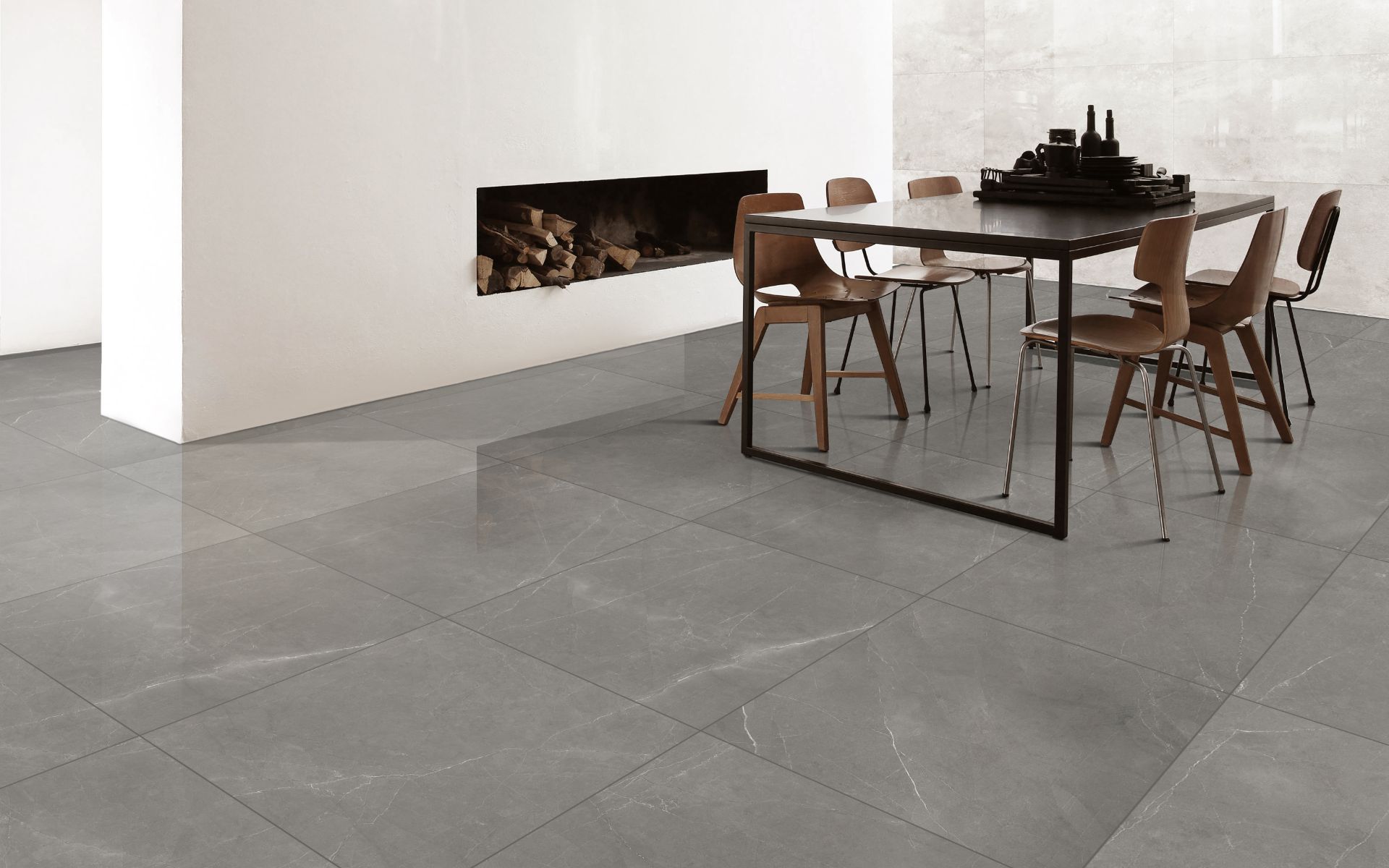
The Golden Rules of Mixing Tile Finishes
Now for the fun part: combining these different finishes to create a cohesive and stylish design. While there are no hard and fast rules, here are some guiding principles to help you get started:
۱. The 80/20 Rule: Finding Your Balance
A great way to approach mixing tile finishes is to follow the 80/20 rule. This means choosing one dominant finish that will cover about 80% of the tiled surface and then using a contrasting finish for the remaining 20% as an accent. This creates a sense of balance and prevents the design from feeling too busy or overwhelming. For example, you could use large-format matte tiles on the majority of your bathroom floor and walls and then create a stunning feature wall in the shower with glossy, textured tiles.
۲. The Power of a Common Thread: Unifying Your Design
When mixing different finishes, it’s important to have a unifying element that ties the design together. This could be a common color, shape, or material. For example, you could use the same neutral color in both a glossy and a matte finish. Or, you could use tiles of the same shape, like hexagons or subway tiles, in a variety of finishes. This creates a sense of cohesion and prevents the design from feeling random or disjointed.
۳. Location, Location, Location: Functionality First
The function of the space should always be a primary consideration when choosing and combining tile finishes.
- In the Bathroom: Safety is paramount in a bathroom, so it’s always a good idea to use a matte or textured finish on the floor to prevent slips. You can then get more creative with the walls, using glossy tiles to reflect light or a dramatic 3D tile to create a spa-like retreat.
- In the Kitchen: Kitchens are high-traffic areas that are prone to spills and splatters. A glossy finish is a great choice for a backsplash because it’s so easy to wipe clean. For the floor, a durable and slip-resistant matte or satin finish is a practical and stylish option.
- In the Living Room: In a living area, you can afford to be a bit more adventurous. Consider a feature wall with textured tiles to add warmth and character to the space. For the floor, large-format matte tiles can create a sleek, contemporary look, while wood-effect tiles can add a touch of rustic charm.
۴. Playing with Light: Sheen and Shadow
The way a tile finish interacts with light can have a dramatic impact on the overall feel of a room.
- Glossy tiles will bounce light around, making a space feel brighter and more open. This makes them ideal for small or dark rooms.
- Matte tiles will absorb light, creating a softer, more calming atmosphere. They are a great choice for creating a relaxed and inviting space.
- Textured tiles will create a dynamic interplay of light and shadow, adding depth and visual interest to a surface. The effect of a textured tile can change throughout the day as the natural light in the room shifts.
Inspiring Combinations for 2025
Ready to get inspired? Here are some of the most popular and effective tile finish combinations for 2025:
Classic Contrast: Glossy and Matte
This is a timeless combination that never goes out of style. The contrast between the reflective quality of glossy tiles and the soft, non-reflective nature of matte tiles creates a look that is both sophisticated and visually interesting.
- In the Bathroom: Create a classic and elegant look with glossy white subway tiles on the shower walls and a contrasting matte black hexagonal tile on the floor.
- In the Kitchen: Make your backsplash the star of the show with a high-gloss, jewel-toned tile, and ground the space with a large-format matte porcelain tile on the floor.
Subtle Sophistication: Matte and Satin
For a more understated look, consider pairing matte and satin finishes. The subtle difference in sheen creates a sense of depth and texture without being too overpowering.
- Nuanced Neutrals: This combination works particularly well with a neutral color palette. Imagine a bathroom with soft grey matte tiles on the floor and a slightly more luminous satin finish on the walls. The result is a space that feels calm, serene, and incredibly chic.
Nature’s Harmony: Rustic and Polished
Bring the beauty of the outdoors in by combining rustic, nature-inspired tiles with more polished finishes. This creates a beautiful balance between the raw and the refined.
- Modern Farmhouse: Pair a rustic, stone-effect floor tile with a simple, polished ceramic tile on the walls for a modern farmhouse look that is both warm and inviting.
- Earthy Elegance: Combine a warm, terracotta tile in a matte finish with a glossy, handcrafted zellige tile for a look that is both earthy and elegant.
Tactile Temptation: Smooth and Textured
Engage the senses by pairing smooth tiles with highly textured or 3D tiles. This is a great way to create a focal point in a room and add a touch of drama.
- Statement Shower: Create a stunning feature wall in your shower with a deeply grooved, 3D tile and keep the rest of the walls and floor simple with a smooth, large-format tile.
- Living Room Luxe: Add a touch of luxury to your living room with a feature wall of split-face stone tiles behind your fireplace. The rough, uneven surface will create a beautiful interplay of light and shadow.
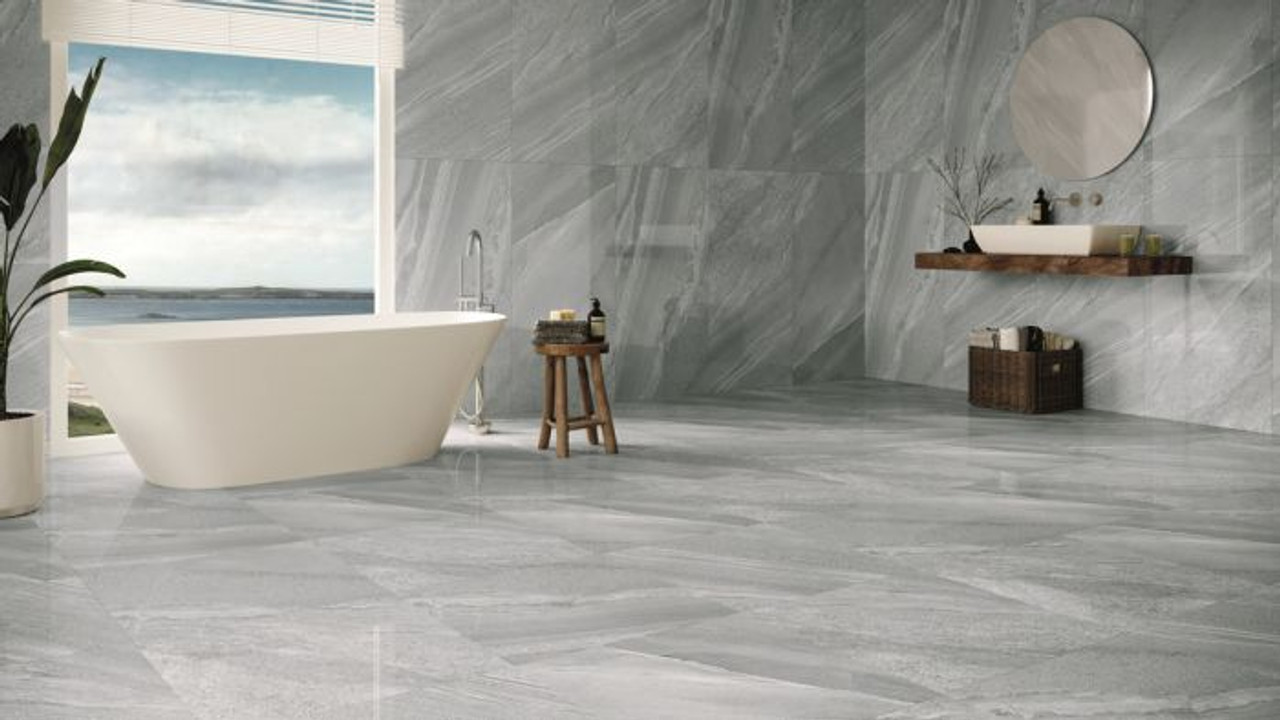
Pro-Tips for a Flawless Finish
Here are a few extra tips to ensure your mixed-tile project is a resounding success:
- Grout Matters: The color of your grout can have a big impact on the final look. A contrasting grout color will highlight the shape of your tiles and create a more graphic look, while a matching grout color will create a more seamless and subtle effect.
- Scale and Proportion: When mixing different tiles, pay attention to scale and proportion. A large-format tile on the floor can make a small room feel larger, while a small, intricate mosaic tile can add a touch of detail and personality.
- Don’t Be Afraid to Experiment: The best way to find out what works is to experiment. Get tile samples and lay them out in the room to see how they look together in the space and how they interact with the light.
The Future is Textured
As we move further into 2025 and beyond, the trend for mixing tile finishes is only set to grow. We’ll see more innovative textures, more daring combinations, and a greater emphasis on creating spaces that are both beautiful and deeply personal. So, embrace the art of contrast, play with texture and sheen, and create a home that is a true reflection of your unique style.
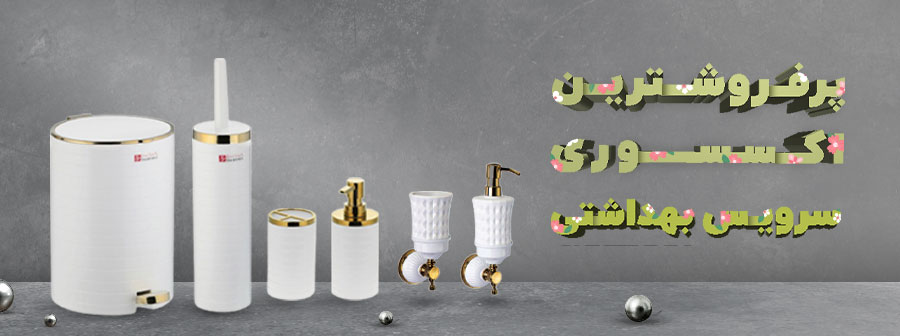
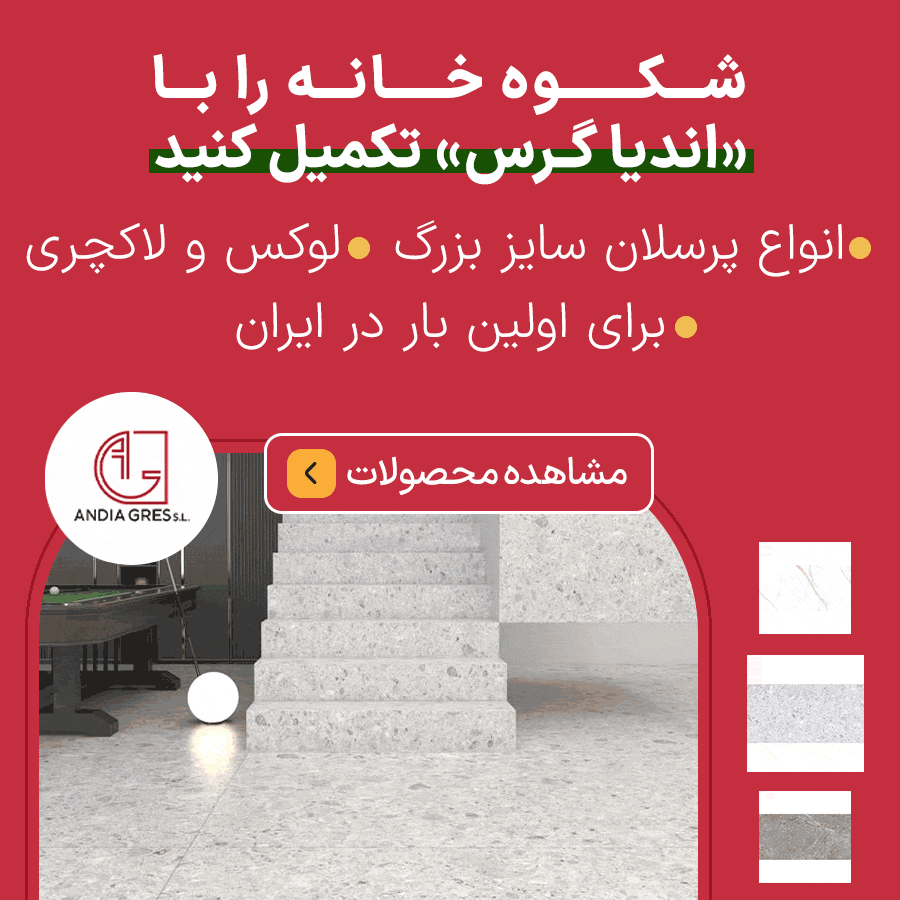
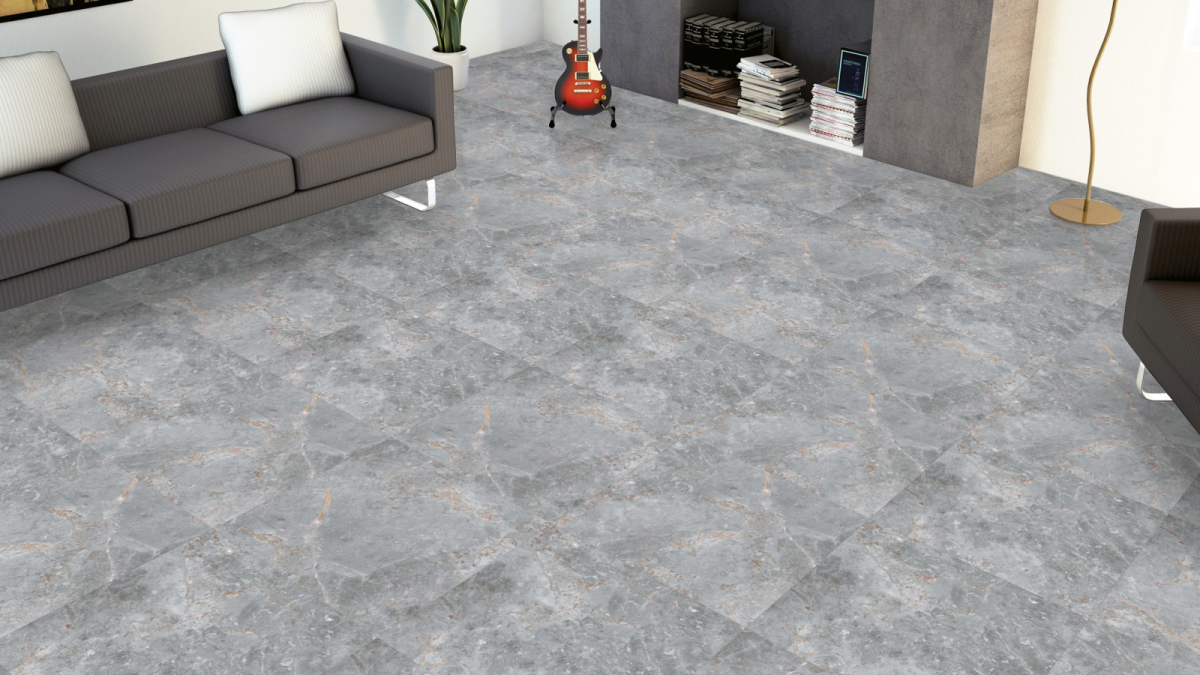
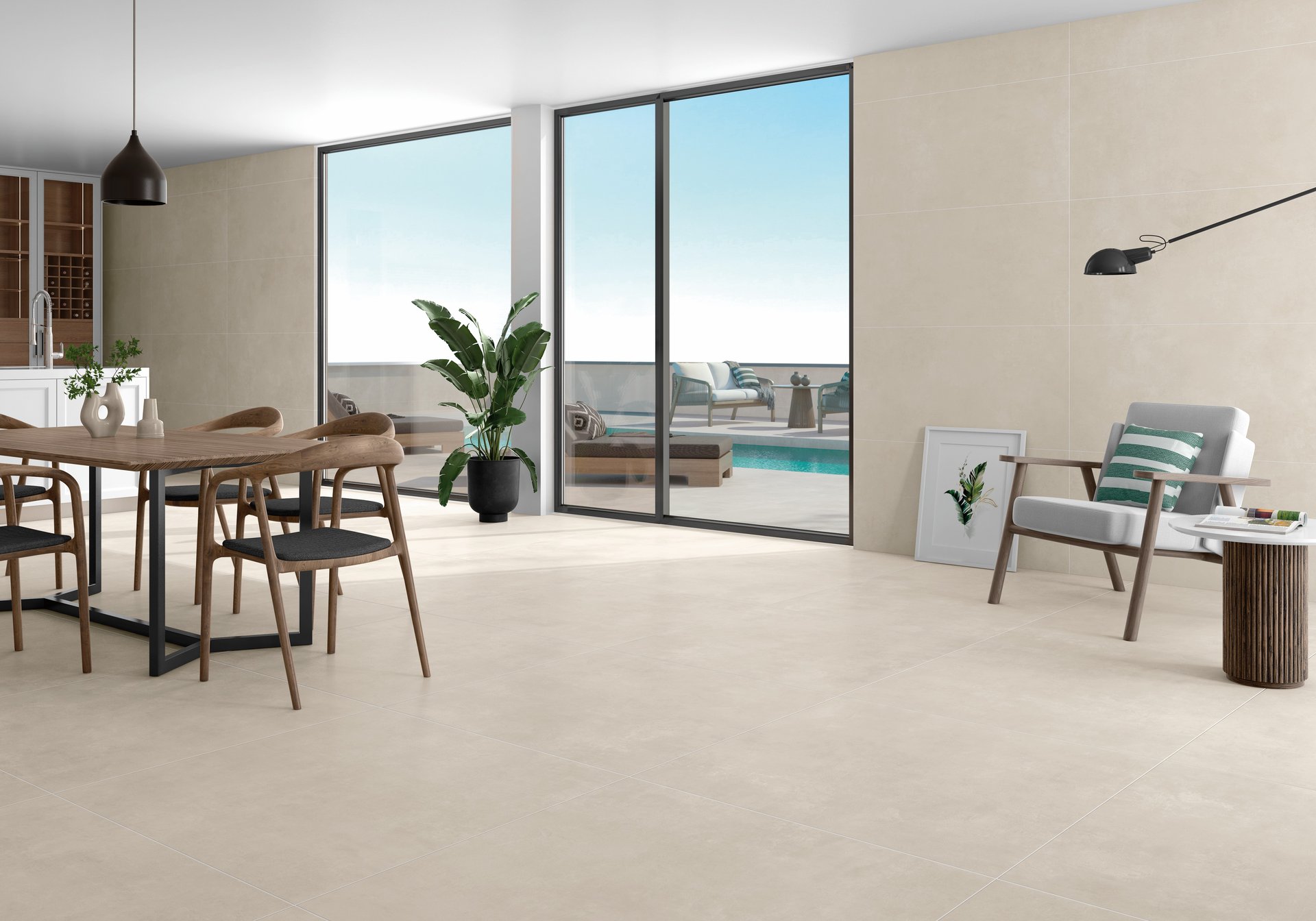

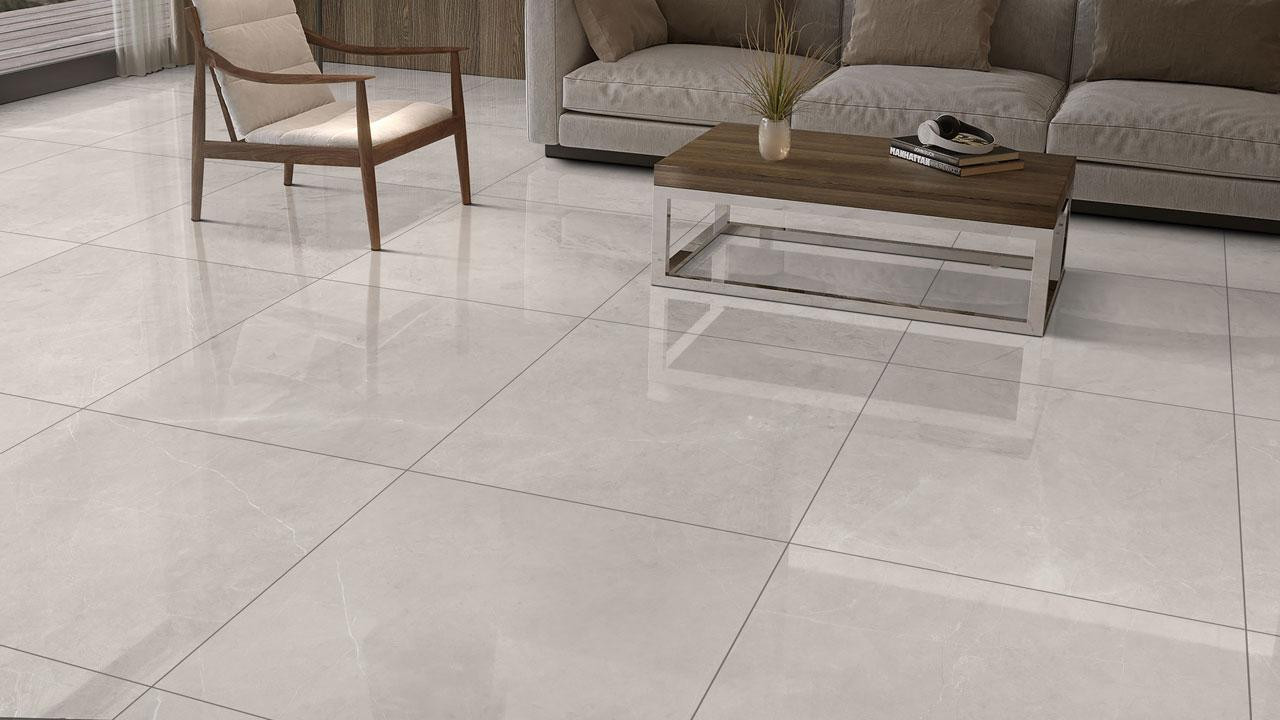
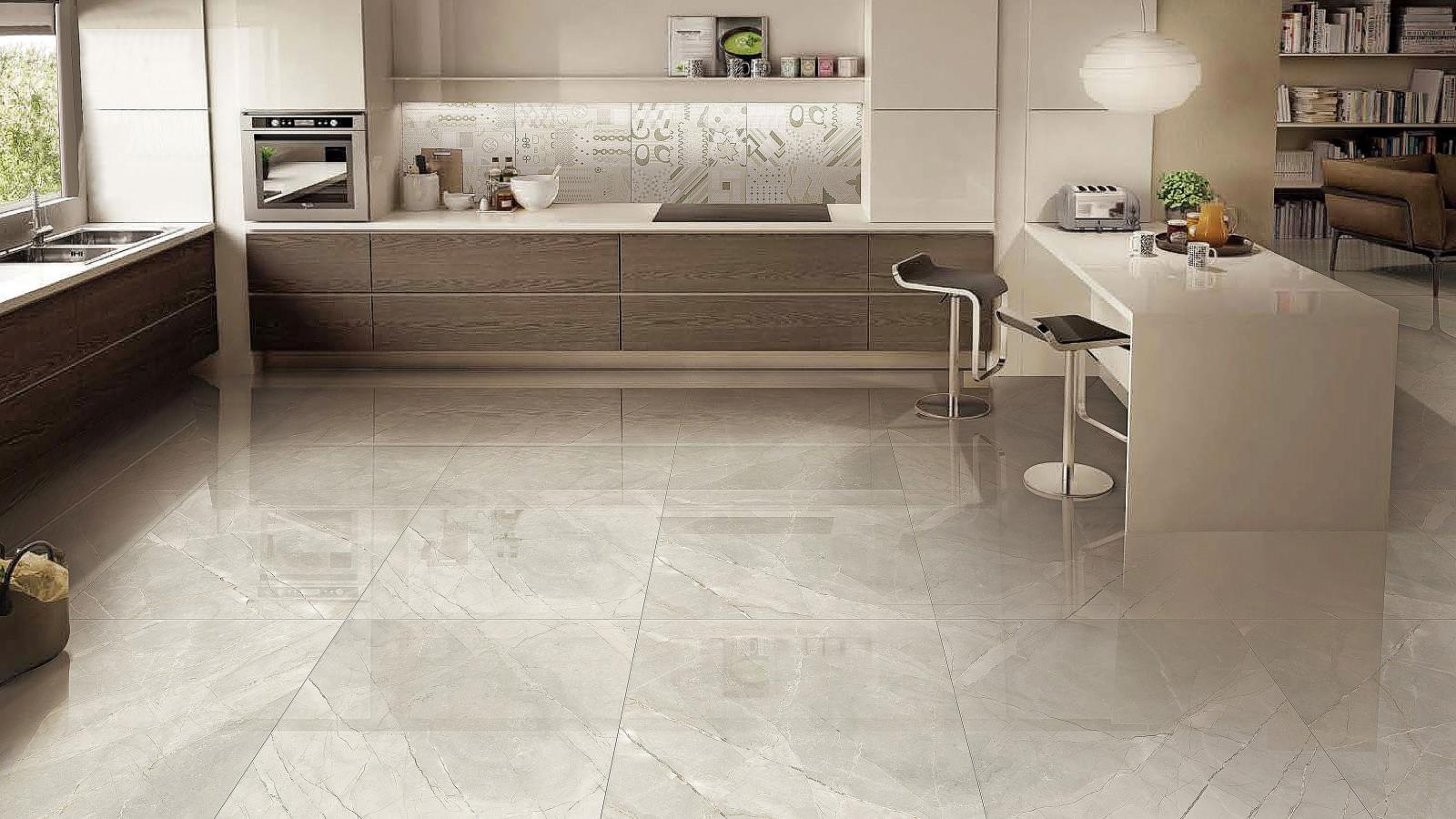
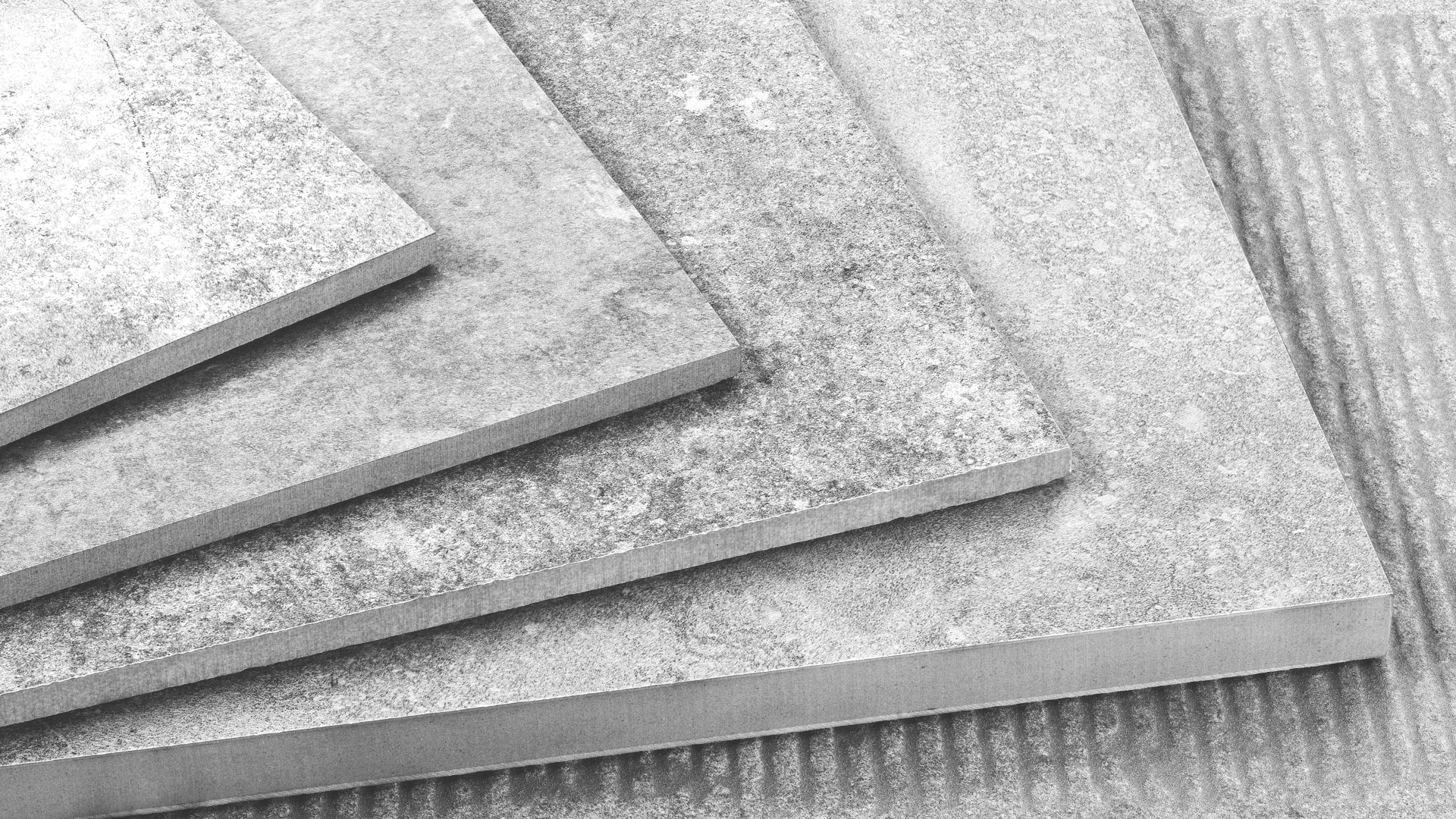
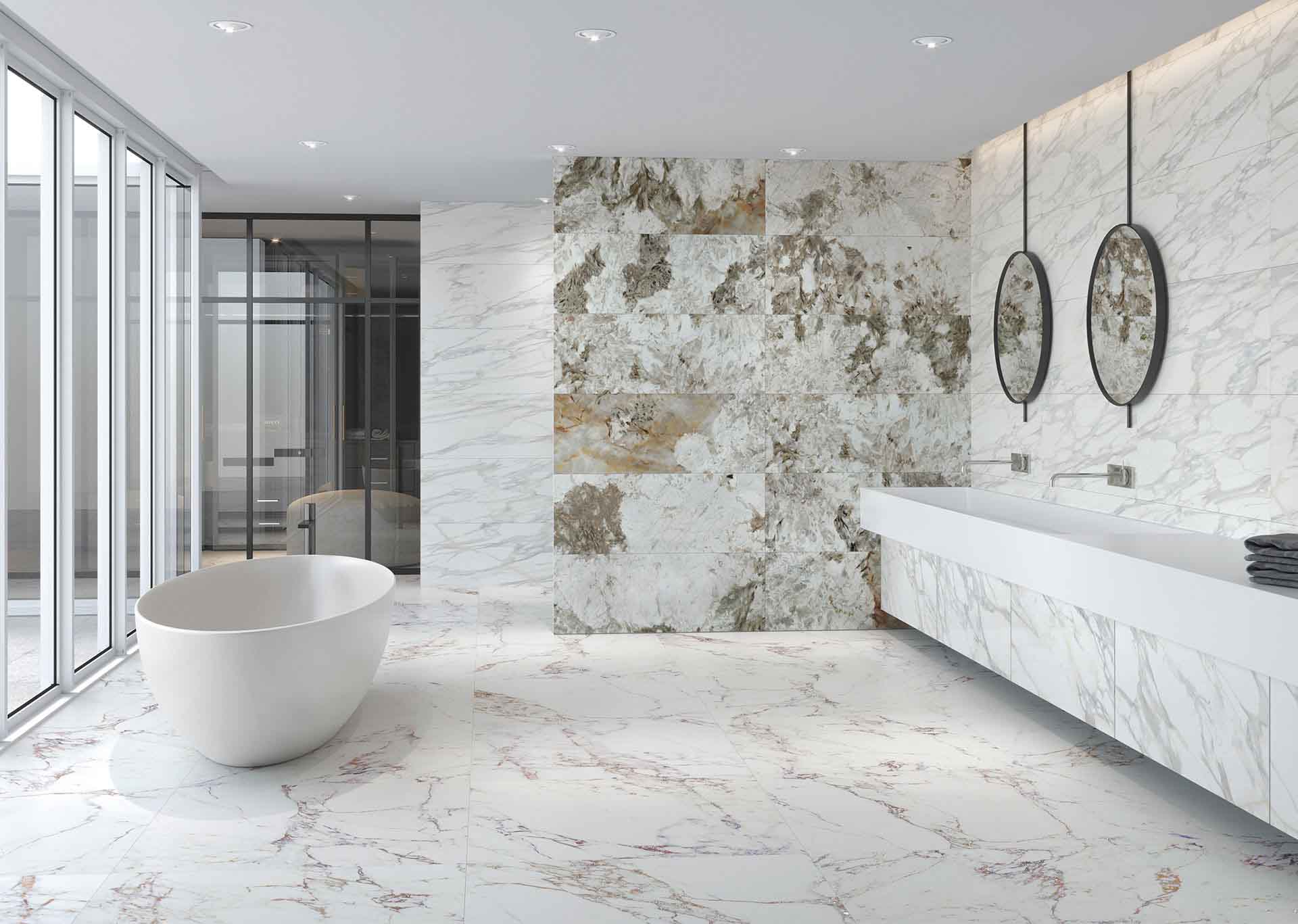
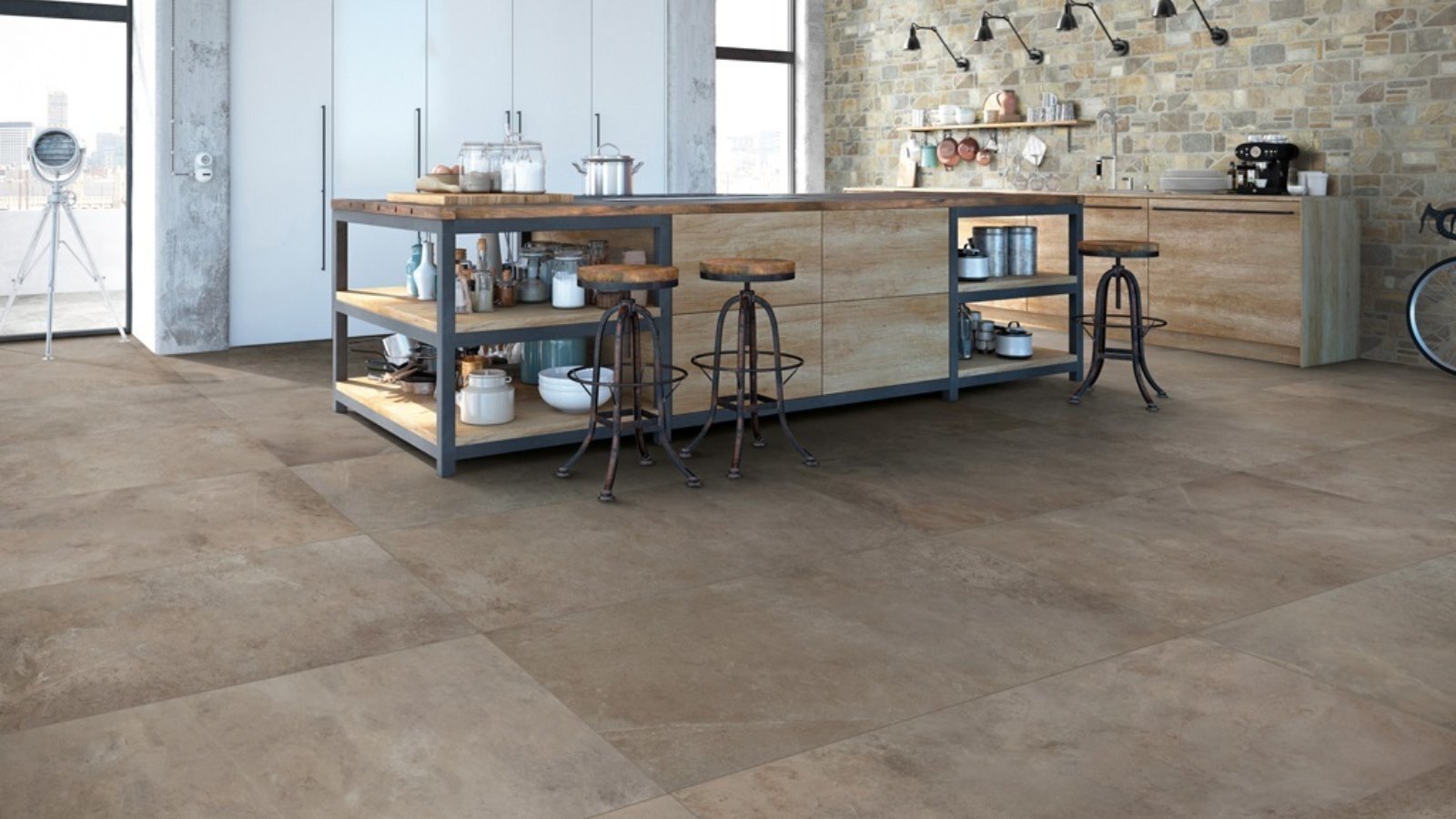
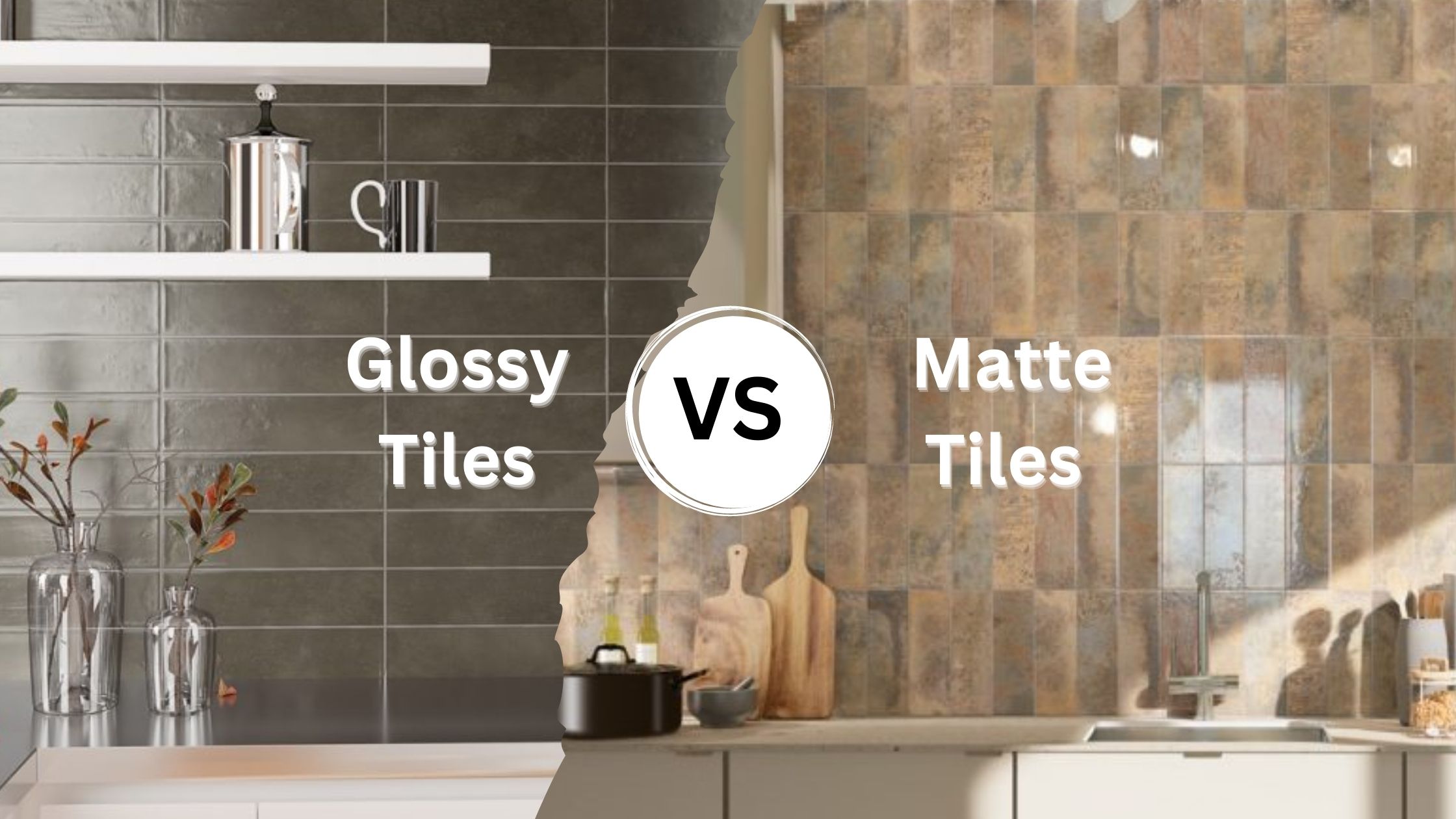
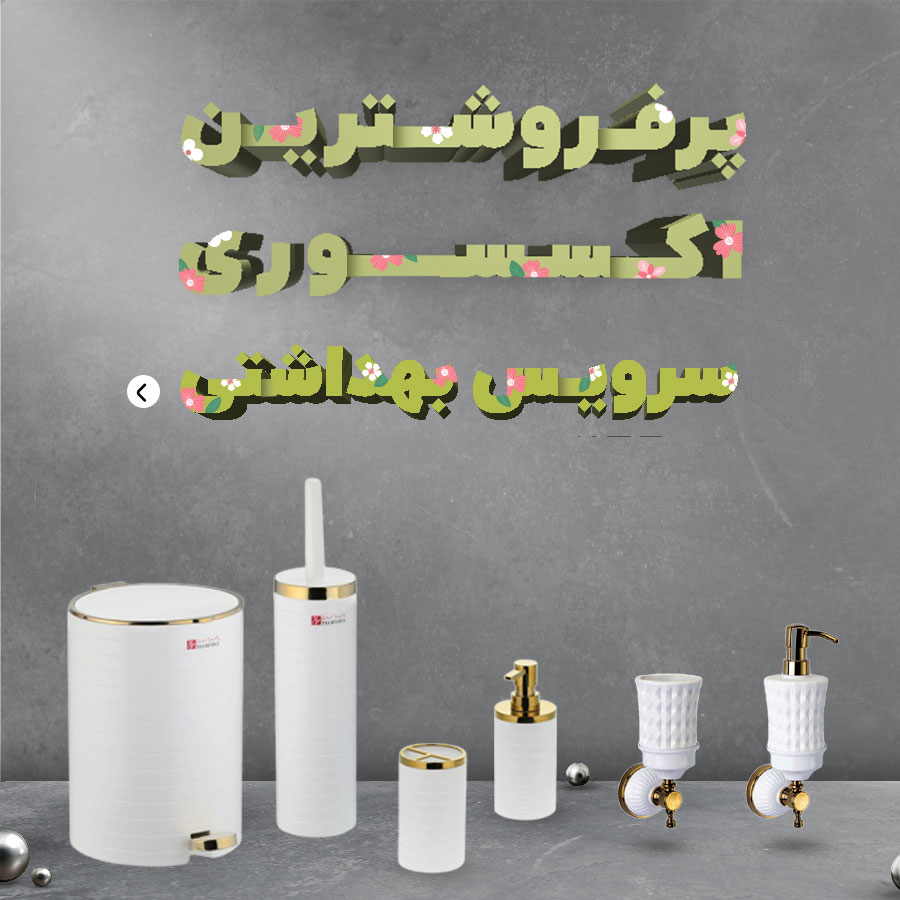

نظرات ۰